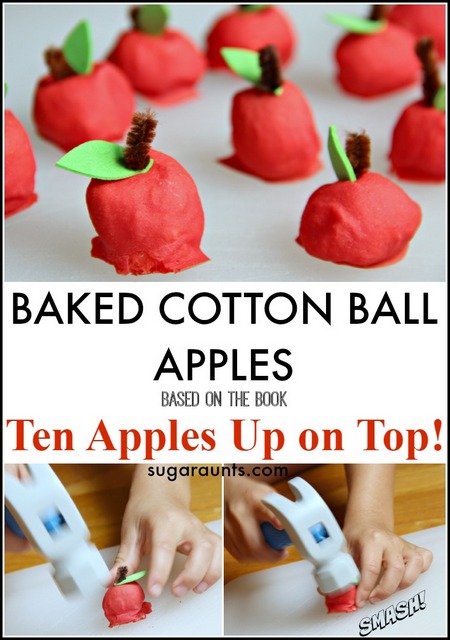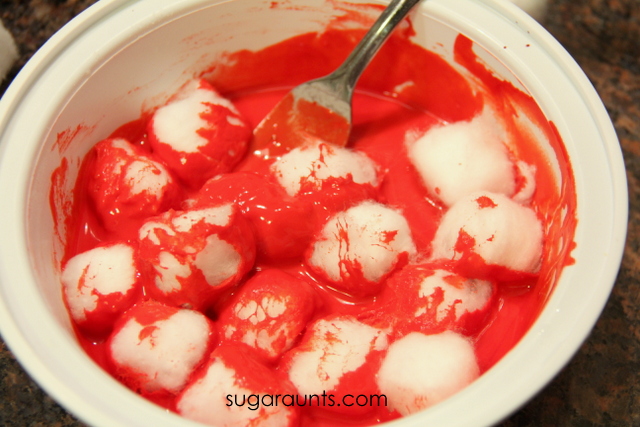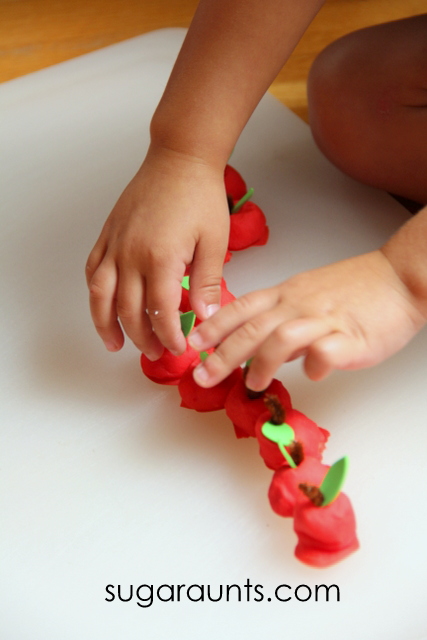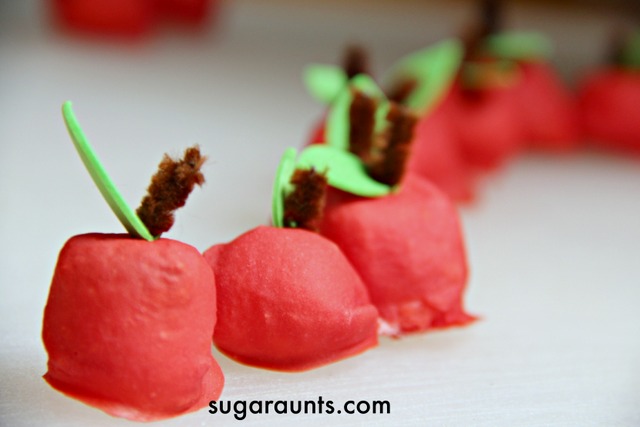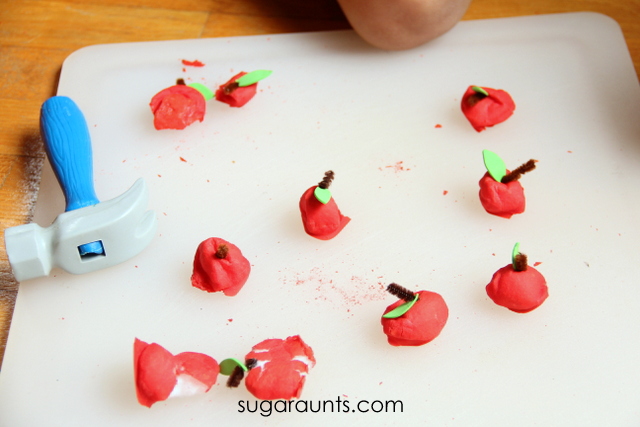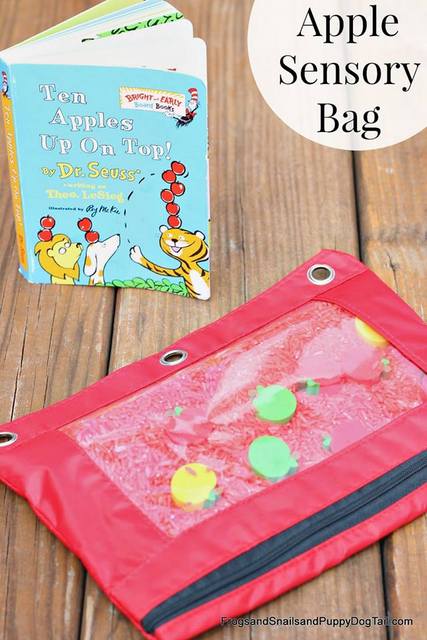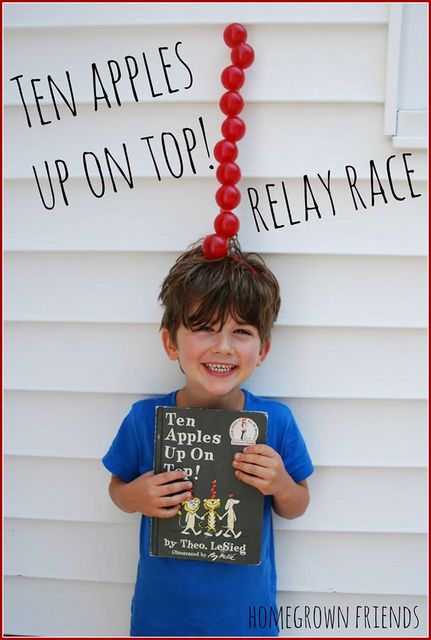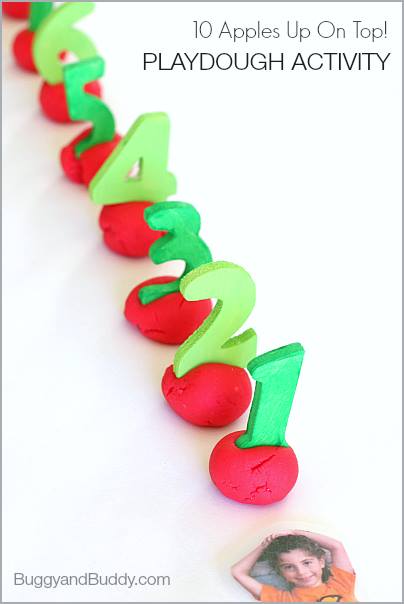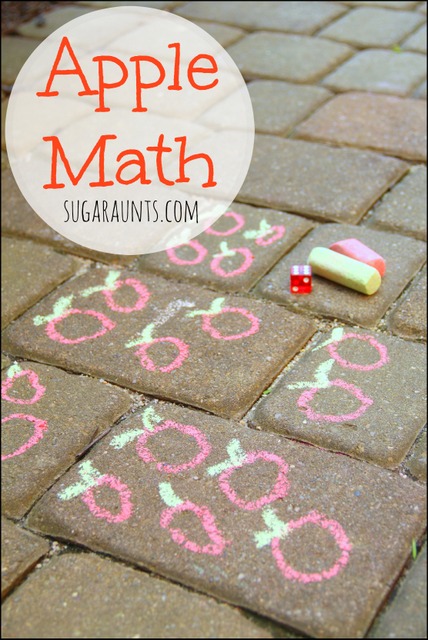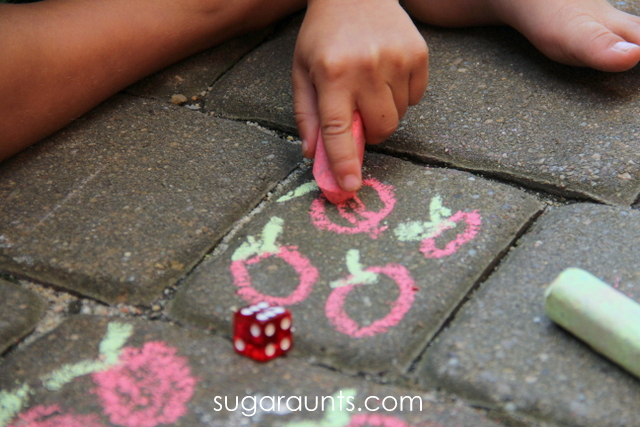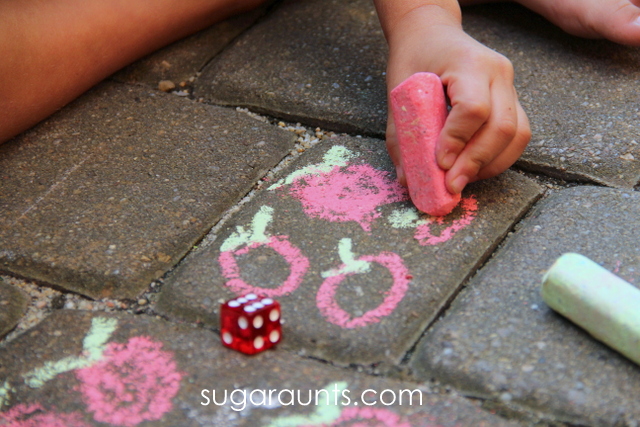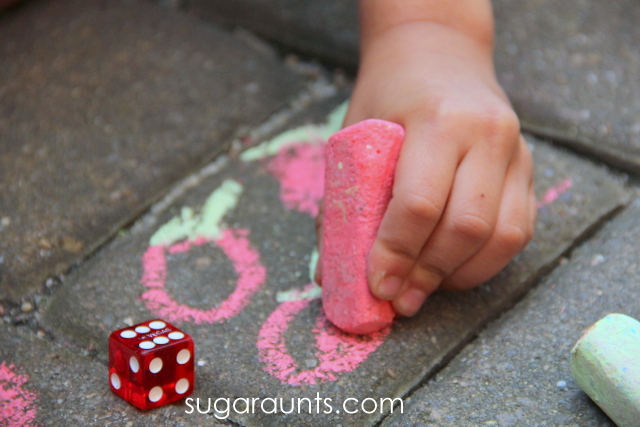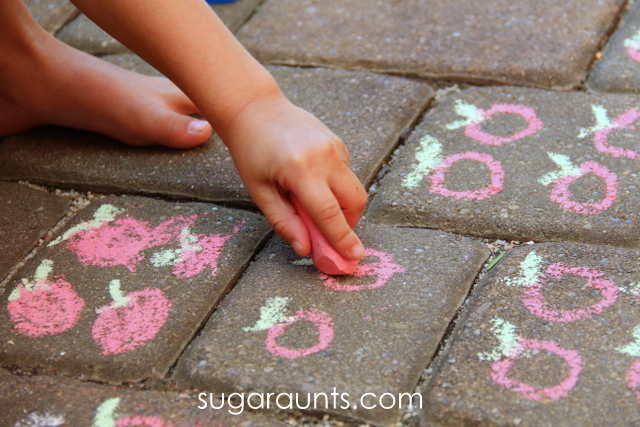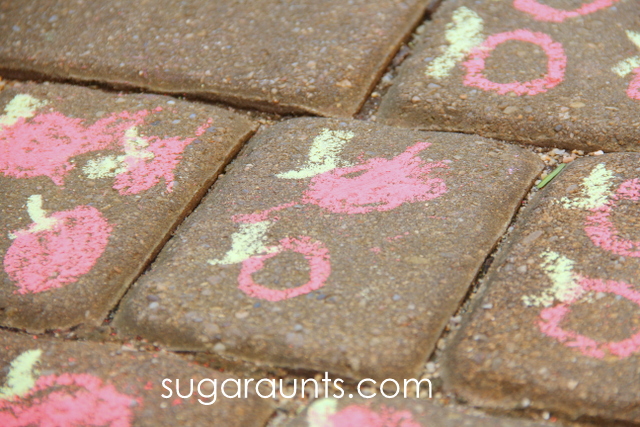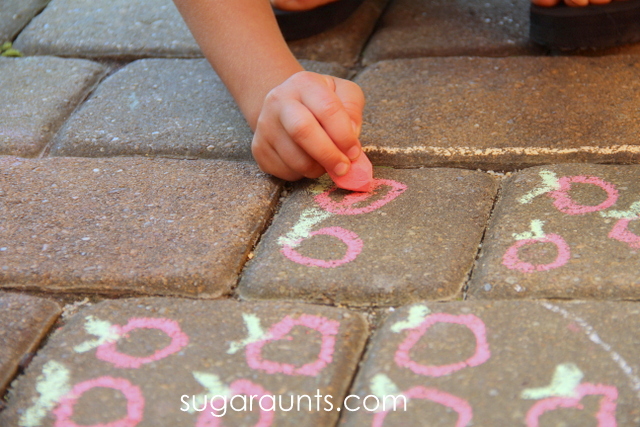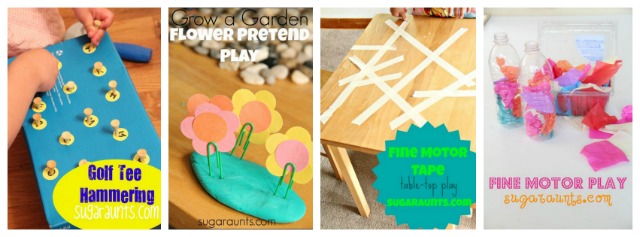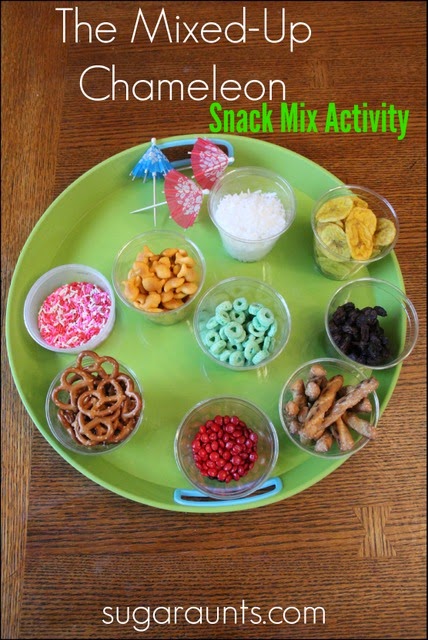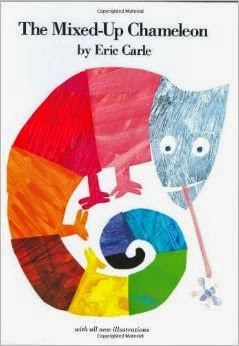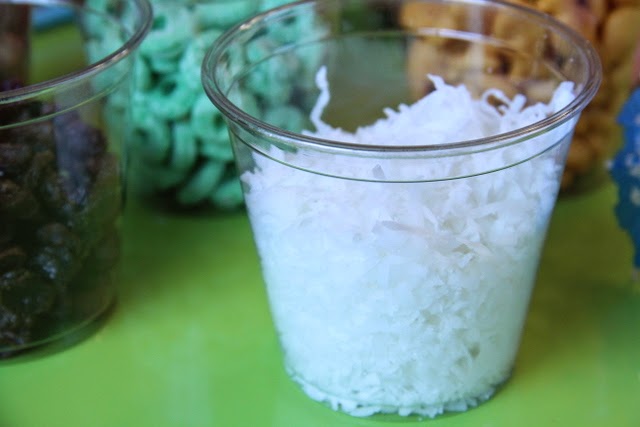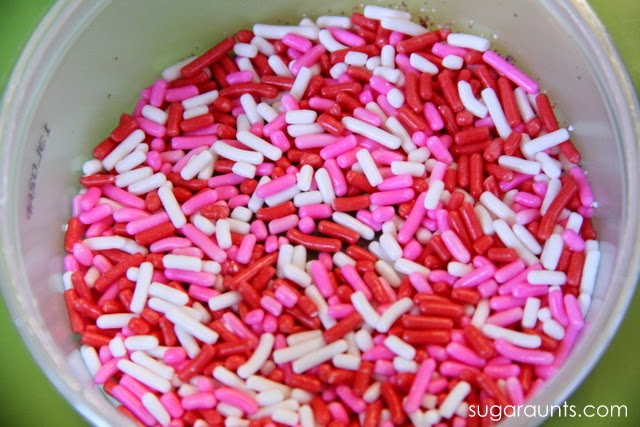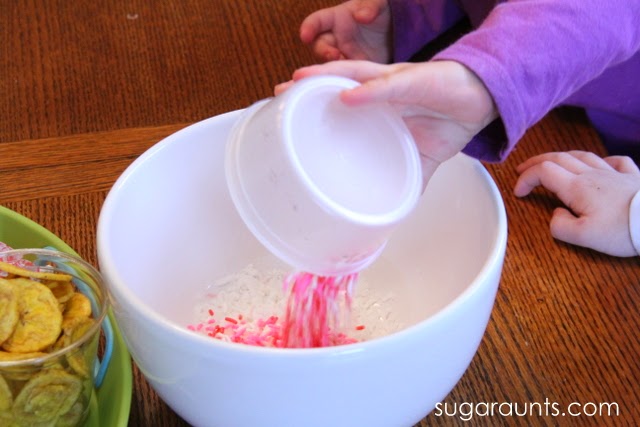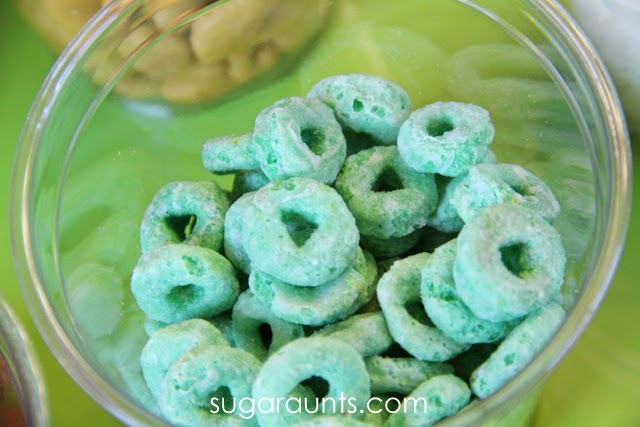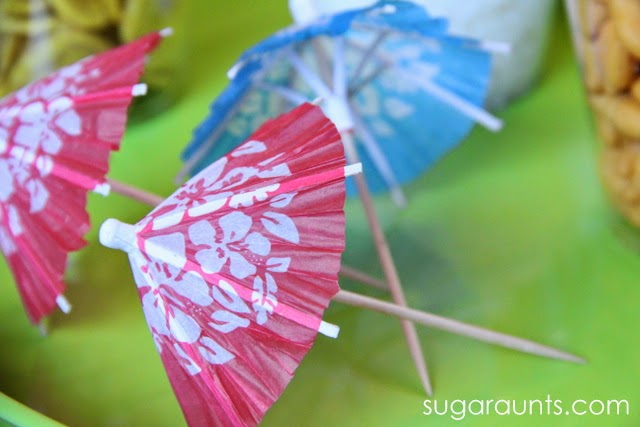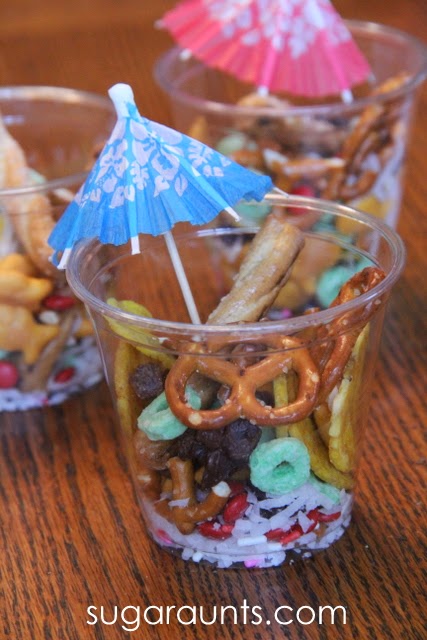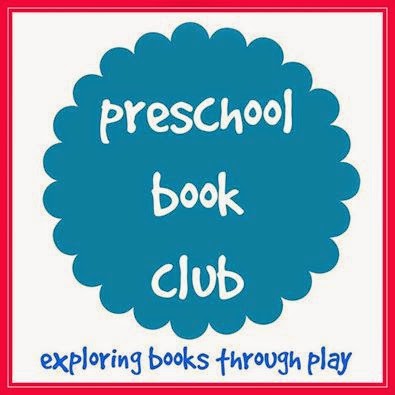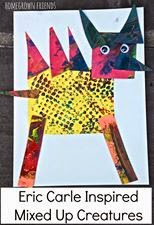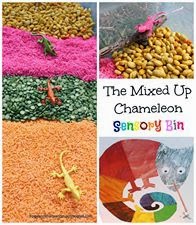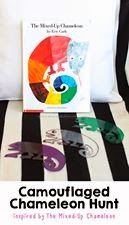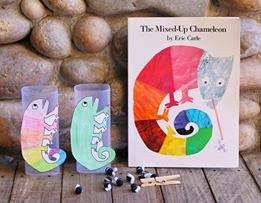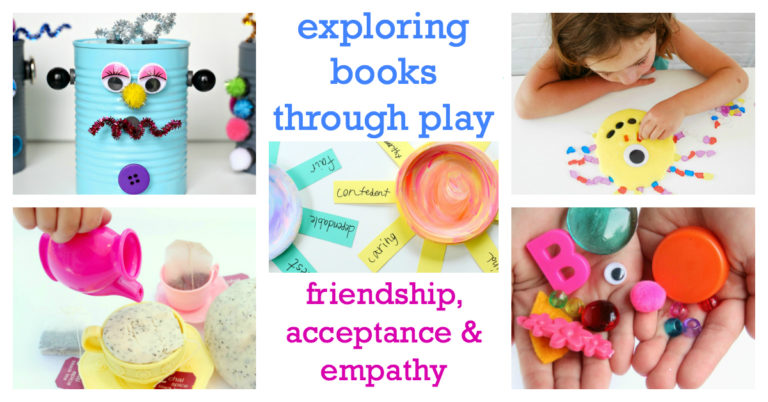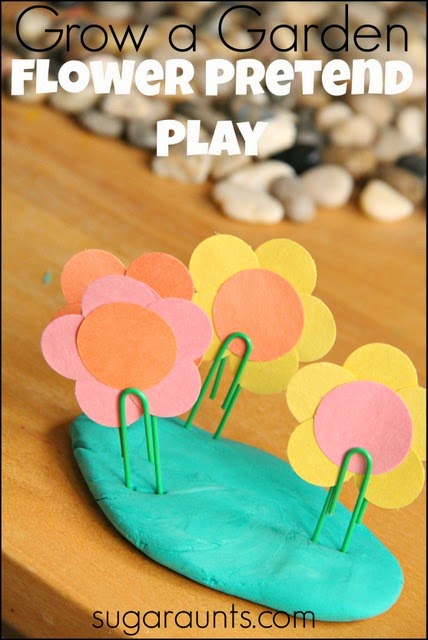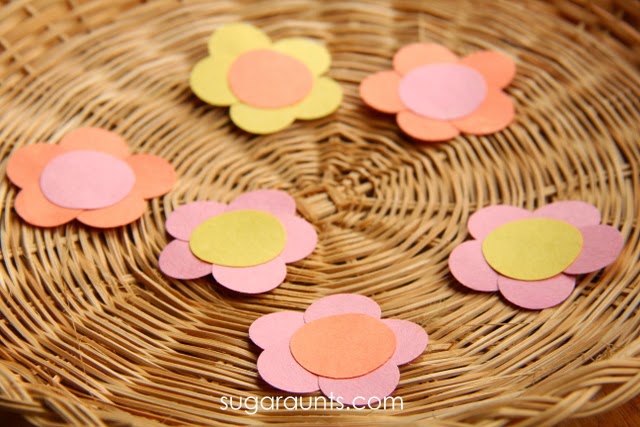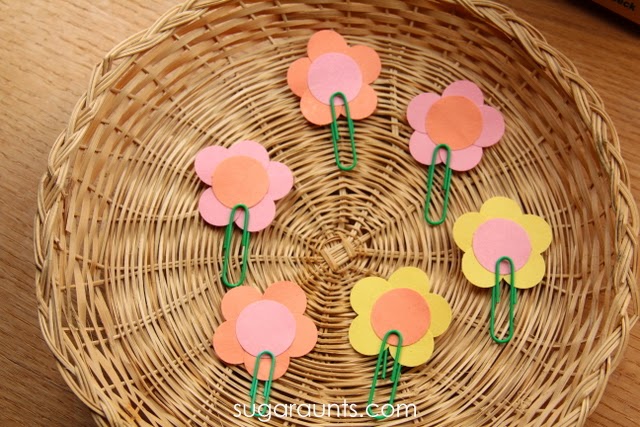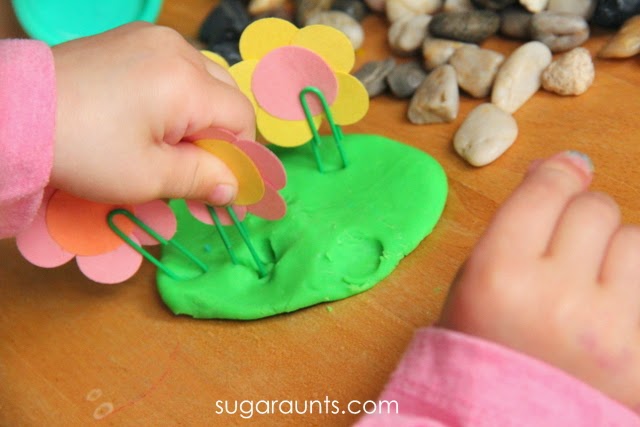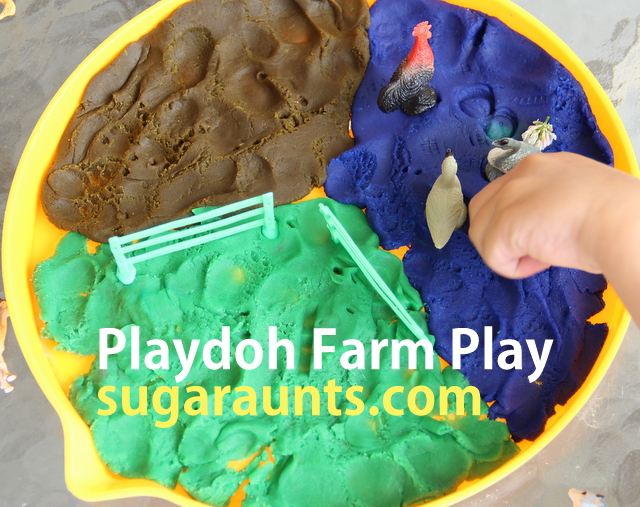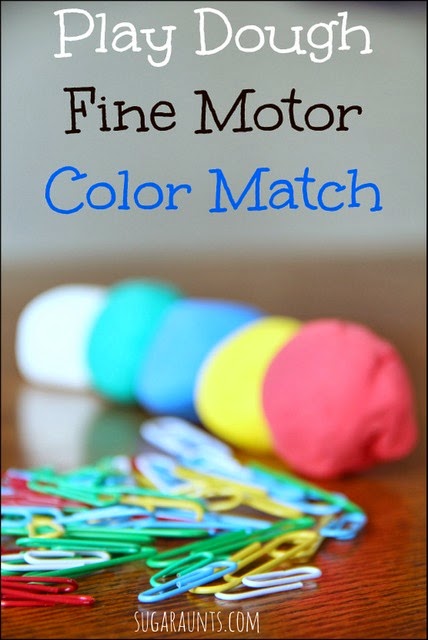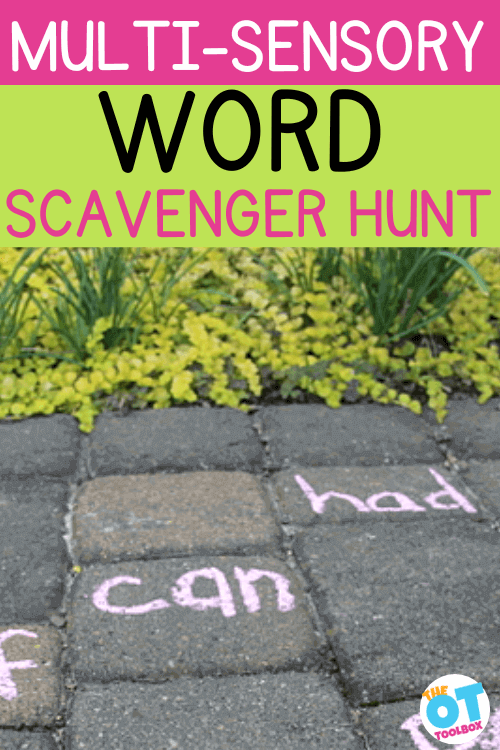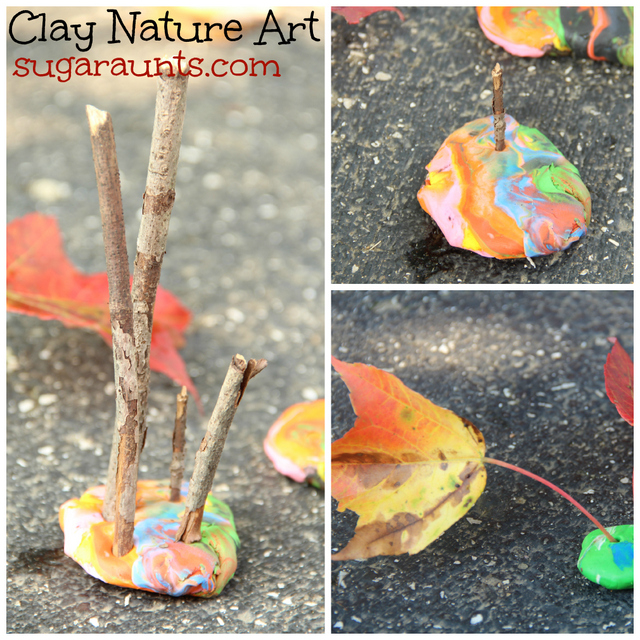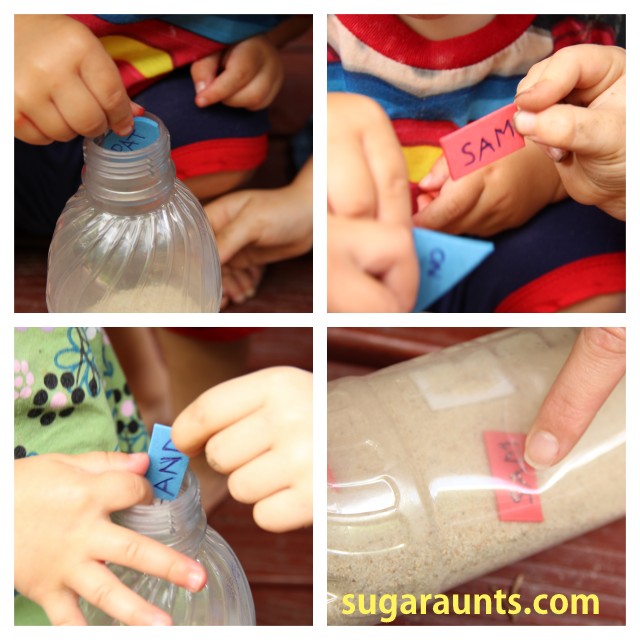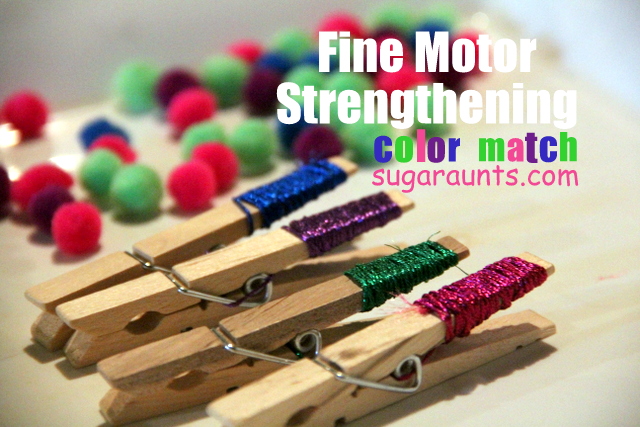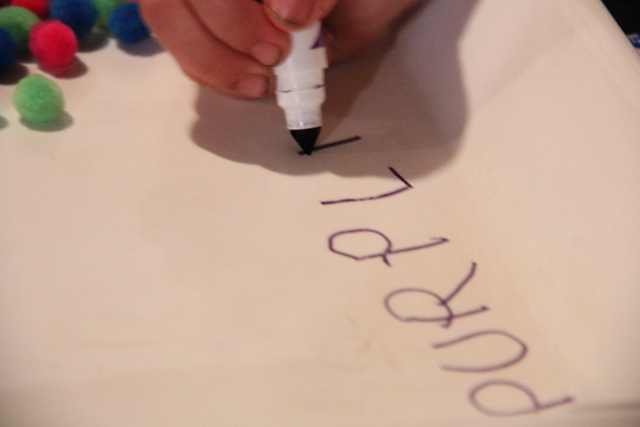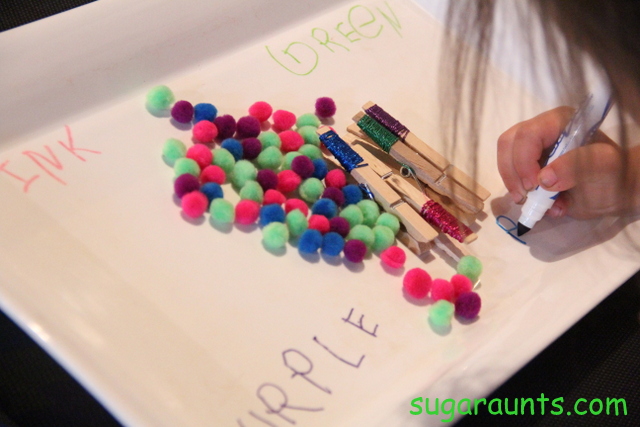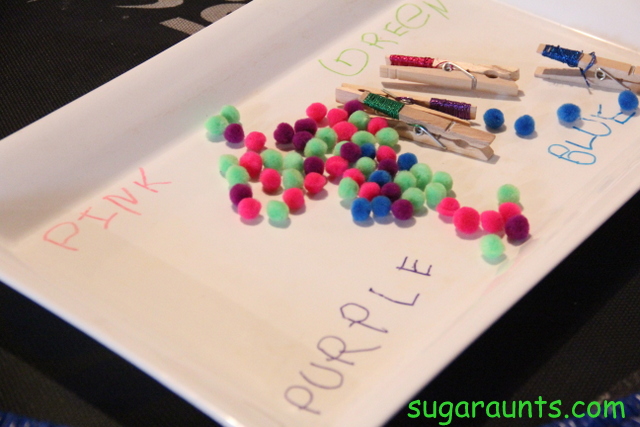Here, we’re talking healthy snacks for moms. I’m covering healthy snacks that add not only a nutritious option, but also add a calming and regulating sensory input. Did you know the snack choices you make offer more than just filling a void of boredom or hunger? Let’s talk about how healthy snack choices impact your mood, emotions, and energy state.
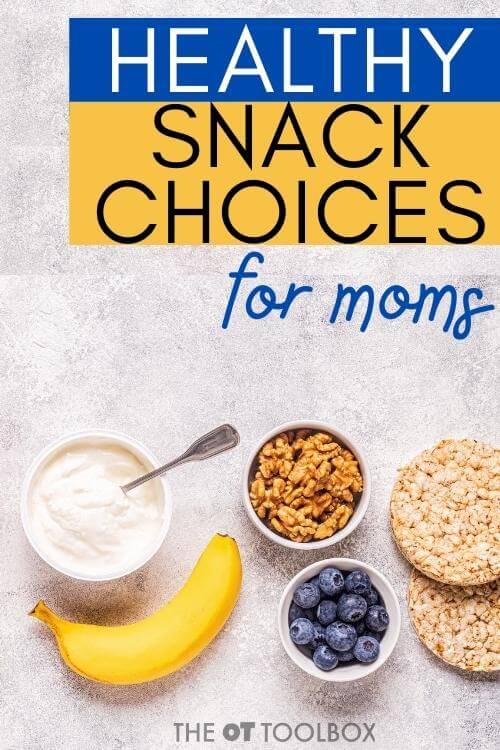
Most of us moms are on-the-go, right? We’re off every day to work, the bus stop, preschool drop-off, the library, sports, kids’ activities, family visits, pediatrician visits, grocery store, SOMEWHERE all the time.
With constant barrage of information, social media, and never-ending to-do lists, it can be easy to grab fatty, salty, crunchy snacks that offer little in the way of nutritious benefits.
In fact, diet and nutrition as well as physical exercise affects brain functioning, energy, and self-regulation of emotion and mood.
Healthy Snacks vs Unhealthy snacks
I’m a pretty healthy mom and with four kids, I need energy to keep going throughout the day. Sometimes, I get in a little low-energy funk during all of the running around. It’s those times that I grab a quick and healthy snack and pick-me-up to pull through the rest of the afternoon! Do you ever feel this way?
The thing is that there is a direct connection between a healthy diet and a healthy brain. Read here for information on superfoods. Essentially, eating foods that contain a variety of nutrients, minerals, vitamins, and antioxidants are the key to nourishing the brain. This is because the foods that nourish the brain protect it from oxidative stress, or the free radicles stress produced with the body uses oxygen to process these foods. It leads to damaged cells and forces your brain and body to run on low nutritious foods.
There’s more.
When you crunch and chew, you are gaining the heavy work input through the mouth and jaw that is calming. Read here about the heavy work input through the mouth and jaw that certain foods offer. Here is another explanation of the benefits of crunchy foods on regulation and sensory input.
In short, when the jaw and mouth chew or crunch foods, they gain proprioceptive input through the mouth. That heavy work offers just as much of the nutritious benefits as it does the sensory benefits. Foods like crunchy nut mixes, granola, crisp apple slices, or air-popped popcorn require heavy work through the mouth and jaw. Likewise, chewy fruit leather, smoothies, or dried dates, cranberries, and raisins can meet that proprioceptive need.
In this way, heavy work foods offer the same sensory benefits of a brain break, and heavy work through the joints and muscles that you gain in say running on a treadmill.
Read more about this concept in an upcoming blog post on heavy work snacks. (coming soon)
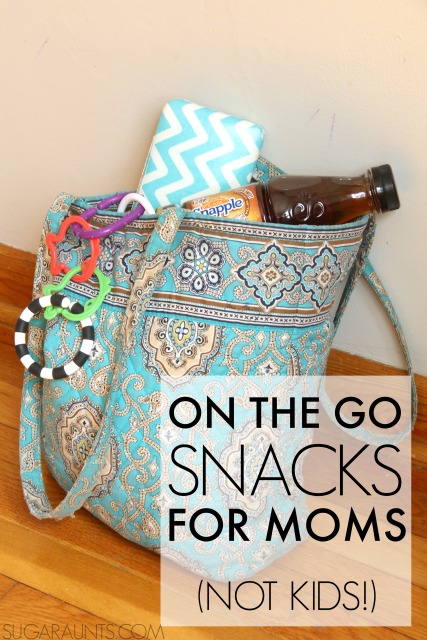
Healthy Snacks for Moms
- Almonds
- Granola Bar
- Dried Cranberries
- Almond Butter and celery sticks
- String cheese
- Hard boiled egg
- Turkey roll-up
- Avocados
- Frozen blueberries
- Apple
- Edamame
- Popcorn
- Broccoli
- Celery sticks
- Peanuts
- Walnuts
- Almonds
- Cherry tomato/mozzarella cheese
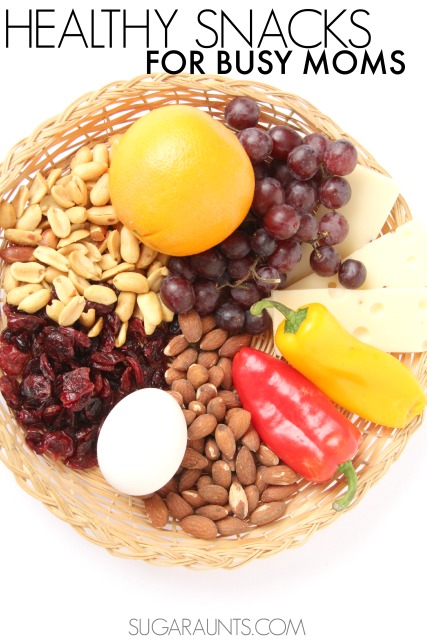
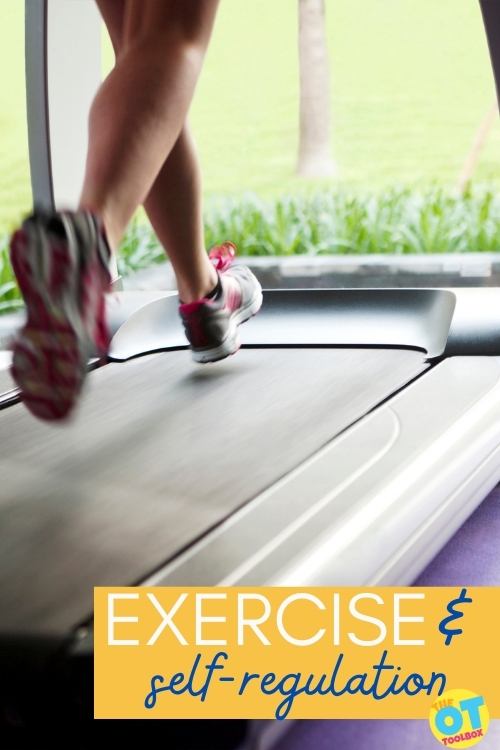
Pair Healthy Snacks with Exercise
Pairing healthy snacks with exercise adds enormous value when it comes to feeling better and having more energy that moms so often need. One of the reasons is that heavy work input that we addressed earlier. And, what’s more is that there is a correlation between physical exercise and brain functioning. Add that to the benefits from healthy, crunchy, chewy snacks and you’ve got a practical solution for regulation of emotions, mood, and energy!
Exercise promotes self-regulation
Exercise has the ability to offer benefits in self-regulation and emotional regulation. Studies show this. And, in fact habitual aerobic exercise is associated with emotion regulation and mood benefits. This is great news, especially when paired with the regulating benefits of heavy work snack choices.
Just like the sensory benefits of crunchy and chewy snacks, exercise offers us the benefits of heavy work input through the joints. More than that, through regular aerobic exercise offers overall wellbeing, and benefits the brain in that it boosts the size of the hippocampus, gets the heart and sweat glands pumping, and involved with verbal memory and learning.
We know that the hippocampus shrinks in late adulthood, leading to impaired memory and increased risk for dementia. So, with the benefits of healthy foods along with regular exercise, we can make these healthy choices.
How to add practical physical activity to a busy day
For myself, I’ve found that using a treadmill allows me the time and ability to fit physical exercise into the busy day of a mom with a business, full schedule, and even facilitating hybrid learning for my four kids. Having a treadmill in the home allows me to sneak in exercise in the morning, during the middle of the day, or in the evenings (even when this mom needs to run kids to and from activities and sports practices). A beginner HIIT treadmill workout is one way to make regular exercise happen within in a busy schedule.
Incorporating healthy choices into the day, try a home treadmill program. I love the Horizon treadmills, because the exercise equipment is easy to store, and it’s possible to jump on the treadmill throughout the day while gaining the heavy work benefits as well as the aerobic input.
Check out the Horizon fitness deals, including free shipping that you can access now on the Horizon site.
Affiliate links are included in this post, but I only recommend products that I own, and love!

Colleen Beck, OTR/L has been an occupational therapist since 2000, working in school-based, hand therapy, outpatient peds, EI, and SNF. Colleen created The OT Toolbox to inspire therapists, teachers, and parents with easy and fun tools to help children thrive. Read her story about going from an OT making $3/hour (after paying for kids’ childcare) to a full-time OT resource creator for millions of readers. Want to collaborate? Send an email to contact@theottoolbox.com.


